I am using Rstudio. I have created nomograms using function nomogram from package rms using following code (copied from the example code of the documentation):
library(rms)
n <- 1000 # define sample size
set.seed(17) # so can reproduce the results
age <- rnorm(n, 50, 10)
blood.pressure <- rnorm(n, 120, 15)
cholesterol <- rnorm(n, 200, 25)
sex <- factor(sample(c('female','male'), n,TRUE))
# Specify population model for log odds that Y=1
L <- .4*(sex=='male') + .045*(age-50) +
(log(cholesterol - 10)-5.2)*(-2*(sex=='female') + 2*(sex=='male'))
# Simulate binary y to have Prob(y=1) = 1/[1+exp(-L)]
y <- ifelse(runif(n) < plogis(L), 1, 0)
ddist <- datadist(age, blood.pressure, cholesterol, sex)
options(datadist='ddist')
f <- lrm(y ~ lsp(age,50)+sex*rcs(cholesterol,4)+blood.pressure)
nom <- nomogram(f, fun=function(x)1/(1+exp(-x)), # or fun=plogis
fun.at=c(.001,.01,.05,seq(.1,.9,by=.1),.95,.99,.999),
funlabel="Risk of Death")
#Instead of fun.at, could have specified fun.lp.at=logit of
#sequence above - faster and slightly more accurate
plot(nom, xfrac=.45)
This code produces a nomogram but there is no line connecting each scale (called isopleth) to help predict the desired variable ("Risk of Death") from the plot. Usually, nomograms have the isopleth for prediction (example from wikipedia). But here, how do I predict the variable value?
EDIT:
From the documentation:
The nomogram does not have lines representing sums, but it has a reference line for reading scoring points (default range 0--100). Once the reader manually totals the points, the predicted values can be read at the bottom.
I don't understand this. It seems that predicting is supposed to be done without the isopleth, from the scale of points. but how? Can someone please elaborate with this example on how I can read the nomograms to predict the desired variable? Thanks a lot!
EDIT 2 (FYI):
In the description of the bounty, I am talking about the isopleth. When starting the bounty, I did not know that nomogram function does not provide isopleth and has points scale instead.

